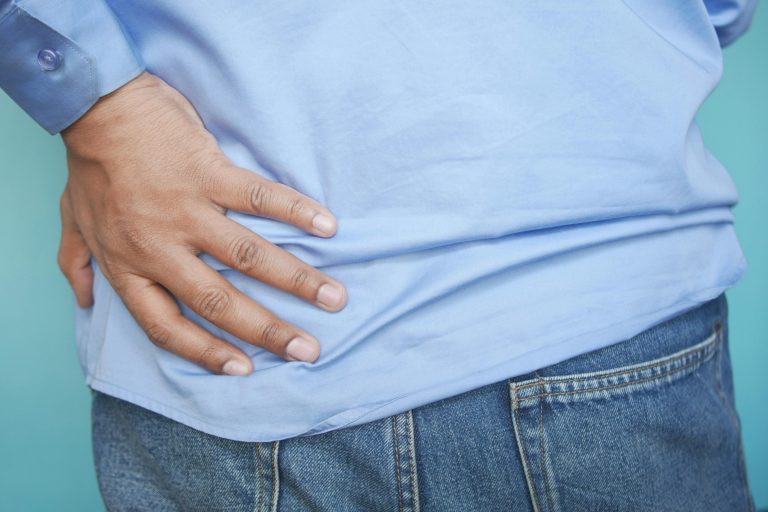As the body matures, the wear and tear of everyday life can begin to affect joints in subtle but significant ways. Among the most impacted areas is the hip joint—a complex structure responsible for supporting much of the body’s weight and enabling movement. While aging is a natural process, understanding how it affects the hip joint can help individuals take proactive steps to maintain comfort, function, and mobility well into later years.
Recognizing the Structural Changes in the Hip
The hip is a ball-and-socket joint, designed for stability and a wide range of motion. Over time, the cartilage that cushions the joint gradually wears away. This cartilage allows the bones of the hip to glide smoothly against each other. As aging progresses, the thinning or breakdown of this cartilage can result in stiffness, grinding sensations, or increased discomfort during movement.
Additionally, the joint’s synovial fluid—which lubricates the space between bones—can decrease with age. When this occurs, movement becomes less fluid and more painful, particularly when getting up from a seated position, climbing stairs, or walking long distances.
Understanding Age-Related Conditions
With aging comes an increased risk of degenerative joint conditions. Osteoarthritis is one of the most common culprits in hip discomfort among older adults. This chronic condition leads to the deterioration of joint cartilage and can cause inflammation, stiffness, and pain.
Another concern is osteoporosis, a condition that weakens bones and makes them more susceptible to fractures. Since the hip is a primary weight-bearing joint, it is especially vulnerable when bone density decreases.
Other structural issues such as hip bursitis—an inflammation of the fluid-filled sacs that cushion the joint—and labral tears also become more common as people age. These conditions can develop slowly over time or result from minor injuries that are more difficult for an aging body to heal.
Recognizing Lifestyle Impact and Posture Shifts
In addition to biological factors, lifestyle habits and posture play a critical role in how the hip joint changes with age. Sedentary routines can weaken the muscles surrounding the hip, particularly the glutes and hip flexors. Weak musculature places additional strain on the joint itself, accelerating degeneration. Likewise, poor posture can shift the alignment of the pelvis and hips, leading to compensatory movement patterns and joint stress.
Conversely, staying active with low-impact exercise such as walking, swimming, or yoga can support joint health by strengthening the muscles that stabilize the hips and improving flexibility. Gentle stretching and regular mobility routines can also counteract stiffness that naturally develops with age.
Evaluating When Medical Support Becomes Essential
While occasional soreness can be expected as one ages, persistent or worsening hip pain should not be ignored. A professional evaluation can help identify underlying causes and prevent minor issues from progressing into major ones. A hip pain doctor can assess joint function, recommend imaging if needed, and design a care plan tailored to the individual’s needs.
Often, early intervention can make a significant difference. Techniques such as physical therapy, guided mobility work, or minimally invasive procedures can reduce pain and restore mobility without the need for major surgery. In more severe cases, such as advanced osteoarthritis, a joint replacement might be considered. However, early evaluation remains the key to avoiding that path.
In the middle of addressing age-related joint care, patients often benefit from practitioners who understand the complexity of hip degeneration over time. A hip pain doctor not only helps diagnose the issue but also guides patients through personalized care strategies aimed at preserving mobility and function long-term.
Preventive Strategies to Promote Longevity
Prevention doesn’t always require drastic changes. In fact, small adjustments can have long-lasting effects. Monitoring weight to reduce pressure on the hip joint, investing in supportive footwear, and maintaining a consistent exercise regimen all contribute to healthier joints. For those with a history of joint issues or limited mobility, regular check-ins with a care provider ensure that any new changes are addressed promptly.
Nutrition also plays an underrated role in joint health. Calcium-rich foods, vitamin D supplementation, and anti-inflammatory diets can all support bone strength and reduce joint stress. Hydration is equally important for maintaining synovial fluid levels that keep the joint moving smoothly.
The Importance of Listening to the Body
Ultimately, aging doesn’t mean surrendering to joint pain. The more informed individuals are about the effects of aging on their hips, the better equipped they are to take action. Paying attention to subtle shifts in comfort, movement patterns, and endurance can help identify when it’s time to adjust routines or seek guidance. The hips carry us through much of life’s journey, and with the right care, they can remain strong and supportive for years to come.







